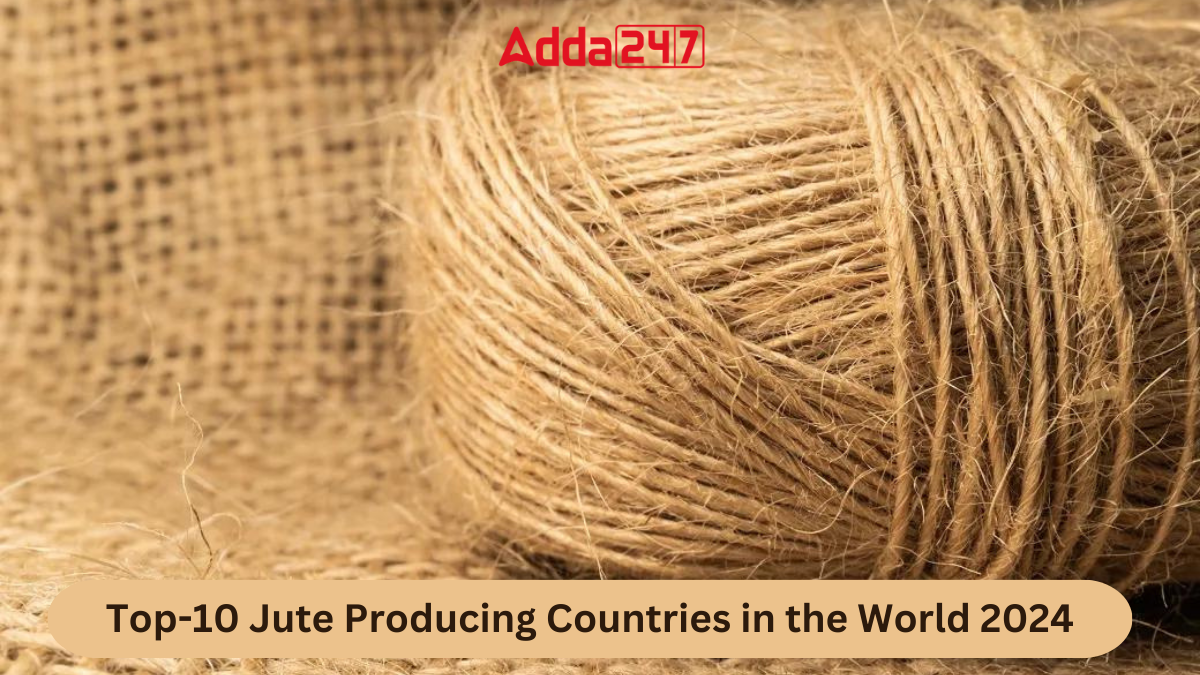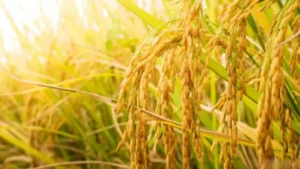Jute, often referred to as the “golden fiber,” holds significant economic and cultural importance worldwide. As a versatile and eco-friendly natural fiber, jute finds extensive application in various industries, including textiles, packaging, and agriculture. In this article, we delve into the top 10 jute-producing countries in the world for the year 2024, highlighting their contributions to the global jute industry.
Largest Jute Producer in the World 2024
In 2024, India continues to maintain its status as the world’s largest jute producer, contributing approximately 1,720,000 tons to the global jute market. With favorable soil conditions, warm temperatures, and a long-standing tradition of jute cultivation, India’s jute industry thrives, particularly in the state of West Bengal. Leveraging its proximity to the Ganges Delta, India produces the most jute and jute-derived products globally, totaling 1.97 million tons annually. Emphasizing sustainable cultivation practices, India meets the growing demand for eco-friendly goods while solidifying its position as a leader in the jute market.
Top-10 Jute Producing Countries in the World 2024
India with the jute production of 1,720,000 tons, holds the title of the largest producer of jute in the world, followed by Bangladesh, Uzbekistan, China and Nepal.
Here is the list of top-10 jute producing countries in the world 2024:
| Top-10 Jute Producing Countries in the World 2024 | ||
| Rank | Country | Jute Production (in tons) |
| 1. | India | 1,720,000 |
| 2. | Bangladesh | 1,681,939 |
| 3. | Uzbekistan | 19,099 |
| 4. | China | 15,700 |
| 5. | Nepal | 10,451 |
| 6. | South Sudan | 3,720 |
| 7. | Zimbabwe | 2,692 |
| 8. | Egypt | 2,283 |
| 9. | Vietnam | 428 |
| 10. | Bhutan | 343 |
World’s Largest Jute Producer – India
Jute Production: 1,720,000 tons
India, the world’s largest jute producer, cultivates approximately 1,720,000 tons annually, leveraging its favorable soil, warm climate, and rich jute cultivation heritage. With sustainable practices, India maintains its global jute market dominance, fueled by its proximity to the Ganges Delta. The diligent efforts of West Bengal contribute significantly to India’s jute industry success, underpinned by fertile lowlands. India’s commitment to responsible farming aligns with growing demand for eco-friendly products, enhancing its position in the jute market sustainably.
Second Largest Country in terms of Jute Production – Bangladesh
Jute Production: 1,681,939 tons
Bangladesh ranks as the world’s second-largest jute producer, yielding approximately 1,681,939 tons annually. Its agricultural and economic landscape heavily relies on jute production. The nation emphasizes eco-friendly practices and invests significantly in research and development, enhancing its jute sector’s competitiveness. With access to the Ganges Delta, Bangladesh plays a crucial role in global jute production. Through innovation and sustainable farming initiatives, Bangladesh demonstrates its commitment to environmental responsibility, contributing to a greener future.
World’s Third Largest Jute Producing Country – Uzbekistan
Jute Production: 19,099 tons
Uzbekistan emerges as the world’s third-largest jute producer, yielding approximately 19,099 tons annually. Despite its comparatively modest output, Uzbekistan distinguishes itself through strategic diversification efforts. Jute cultivation in the country not only supports global environmental objectives but also strengthens indigenous agriculture. By intentionally expanding its agricultural portfolio, Uzbekistan has established itself as a significant contributor to the global jute market, promoting agricultural sustainability and resilience. Through its commitment to eco-friendly farming practices, Uzbekistan enhances the diversification and sustainability of jute production on a global scale.




 What was the Old Name of Goa? Know About...
What was the Old Name of Goa? Know About...
 Top-10 Most Searched Words in 2025, Chec...
Top-10 Most Searched Words in 2025, Chec...
 Which Crop is known as the Backbone of I...
Which Crop is known as the Backbone of I...







